Best Companion Plants For Skullcap
Introduction
Skullcap is a beautiful and versatile plant that can be grown in a variety of settings. It is a member of the mint family and has square stems and blue, purple, or white flowers. Skullcap is a hardy plant that can tolerate a variety of conditions, including full sun to partial shade and moist to well-drained soil.
One of the best things about skullcap is that it is a companion plant that can benefit other plants in the garden. Companion planting is the practice of planting certain plants together to enhance their growth and productivity. When choosing companion plants for skullcap, it is important to consider the plant's needs and the conditions in your garden.
Main Content
Here are some of the best companion plants for skullcap:
- Asters: Asters are a group of flowering plants that come in a variety of colors, including blue, purple, pink, and white. They are tall and airy plants that provide a nice contrast to the low-growing skullcap. Asters also attract pollinators, such as butterflies and bees, which can help to pollinate the skullcap flowers.
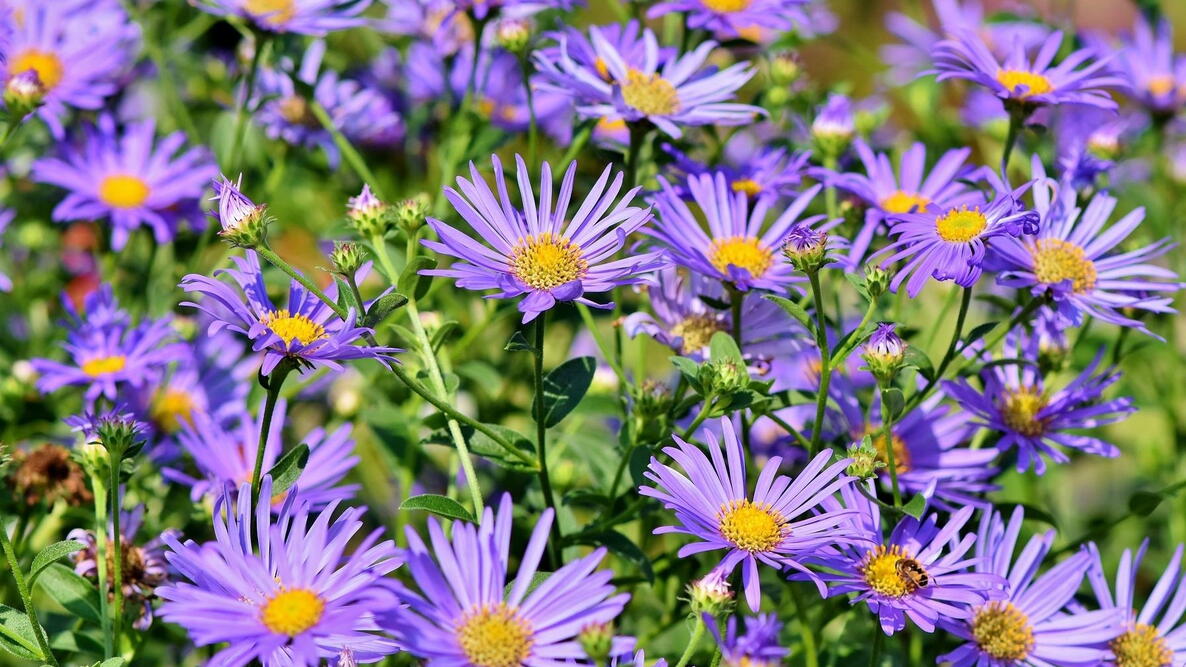
- Blephilia ciliata: Blephilia ciliata, also known as downy wood mint, is a low-growing, spreading plant with blue flowers. It is a good companion plant for skullcap because it has similar growing conditions and attracts the same pollinators. Blephilia ciliata can also help to suppress weeds in the garden.
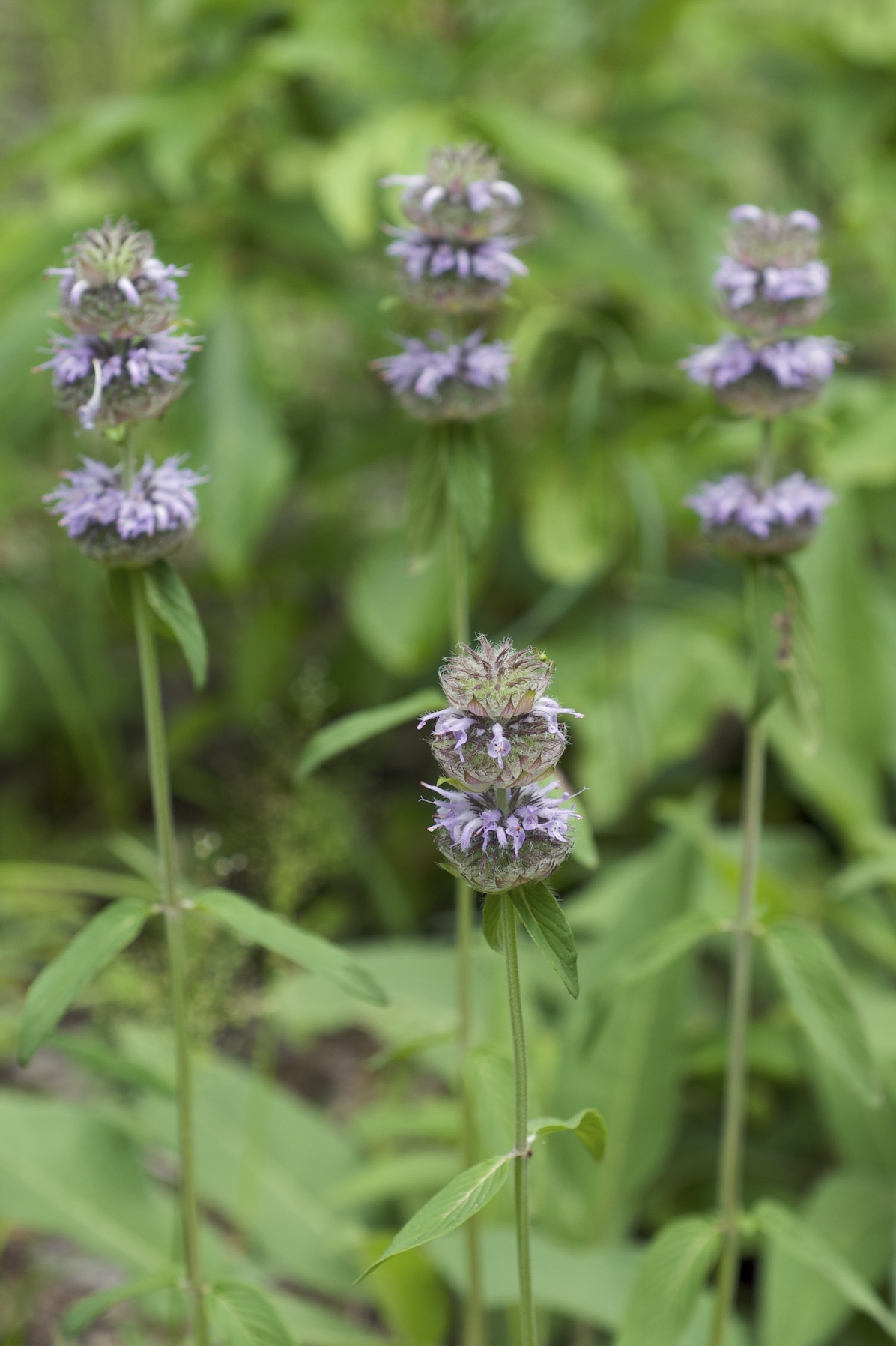
- Echinacea: Echinacea is a popular perennial plant that is known for its medicinal properties. It has bright orange or purple flowers that bloom in the summer. Echinacea is a good companion plant for skullcap because it can help to repel pests and diseases. It also attracts pollinators, which can help to pollinate the skullcap flowers.
- Spigelia marilandica: Spigelia marilandica, also known as pinkroot, is a native North American plant with bright pink flowers. It is a good companion plant for skullcap because it has similar growing conditions and attracts the same pollinators. Spigelia marilandica can also help to repel pests and diseases.
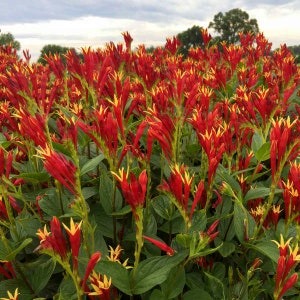
- Solidago juncea: Solidago juncea, also known as goldenrod, is a tall, herbaceous perennial with yellow flowers. It is a good companion plant for skullcap because it attracts pollinators and helps to suppress weeds. Solidago juncea can also help to improve the drainage in the soil around the skullcap plants.

In addition to these plants, there are many other potential companion plants for skullcap. When choosing companion plants, it is important to consider the plant's needs and the conditions in your garden. Some other good companion plants for skullcap include:
Conclusion
Skullcap is a beautiful and versatile plant that can be grown in a variety of settings. It is a good companion plant for many other plants, and can help to improve the health and productivity of your garden. When choosing companion plants for skullcap, it is important to consider the plant's needs and the conditions in your garden. By planting skullcap with compatible plants, you can create a beautiful and beneficial landscape for your home.
Skullcap is a beautiful and versatile herb that can be used for both medicinal and ornamental purposes. When it comes to companion planting, skullcap can be a great addition to your garden. Here are a few of the benefits of companion planting with skullcap:
- Attracts beneficial insects. Skullcap is a nectar-rich plant that attracts a variety of beneficial insects, such as bees, butterflies, and ladybugs. These insects can help to control pests and pollinate your other plants.
- Improves soil health. Skullcap is a deep-rooted plant that helps to aerate and improve the drainage of your soil. It also helps to suppress weeds and diseases.
- Discourages pests. The strong scent of skullcap can help to deter pests, such as cabbage moths and Japanese beetles.
If you're interested in learning more about skullcap companion planting, I recommend visiting Gardenia Inspiration. This website has a wealth of information on the topic, including a list of plants that are compatible with skullcap, as well as tips on how to plant and care for this herb.
FAQ of skullcap companion planting
- What are good companion plants for skullcap?
Skullcap is a relatively easy-to-grow plant that can be companion planted with a variety of other plants. Some good companions include:
* Bee balm (Monarda didyma): This attracts pollinators, which can help to improve the health of your skullcap plants.
* Coneflower (Echinacea spp.): This helps to repel pests, such as deer and rabbits.
* Echinacea purpurea: This is a drought-tolerant plant that can help to improve the drainage of the soil around your skullcap plants.
* Goldenrod (Solidago spp.): This attracts beneficial insects, such as ladybugs and lacewings, which can help to control pests.
* Lavender (Lavandula spp.): This helps to repel mosquitoes and other insects.
- What are the benefits of companion planting with skullcap?
There are several benefits to companion planting with skullcap. For example:
* Companion planting can help to improve the health of your skullcap plants. By planting skullcap with other plants that have complementary needs, you can help to create a more balanced ecosystem in your garden.
* Companion planting can help to attract beneficial insects and pollinators. This can help to improve the pollination of your skullcap plants and also help to control pests.
* Companion planting can help to improve the drainage and aeration of the soil around your skullcap plants. This can help to prevent root rot and other problems.
* Companion planting can help to add beauty and interest to your garden. By planting skullcap with other plants that have complementary colors and textures, you can create a more visually appealing garden.
- What are some tips for companion planting with skullcap?
When companion planting with skullcap, there are a few things to keep in mind:
* Choose plants that have similar water and sunlight requirements.
* Avoid planting skullcap with plants that are susceptible to the same pests and diseases.
* Plant skullcap with plants that have complementary colors and textures.
* Experiment with different combinations of plants to find what works best in your garden.
- How far apart should I plant skullcap?
Skullcap plants can grow to be 1-2 feet tall and wide, so it is important to plant them far enough apart so that they have enough room to grow. The recommended spacing for skullcap plants is 12-18 inches apart.
- When should I plant skullcap?
Skullcap can be planted in the spring or fall. If you are planting skullcap from seed, you will need to start the seeds indoors 6-8 weeks before the last frost date. Once the seedlings have developed a few true leaves, you can transplant them outdoors.
Image of skullcap companion planting
Here are 5 different images of "skullcap companion planting" from Pinterest:
- Skullcap and lavender. Skullcap and lavender are both herbs that attract beneficial insects, such as butterflies and bees. They can be planted together in a flower bed or herb garden.
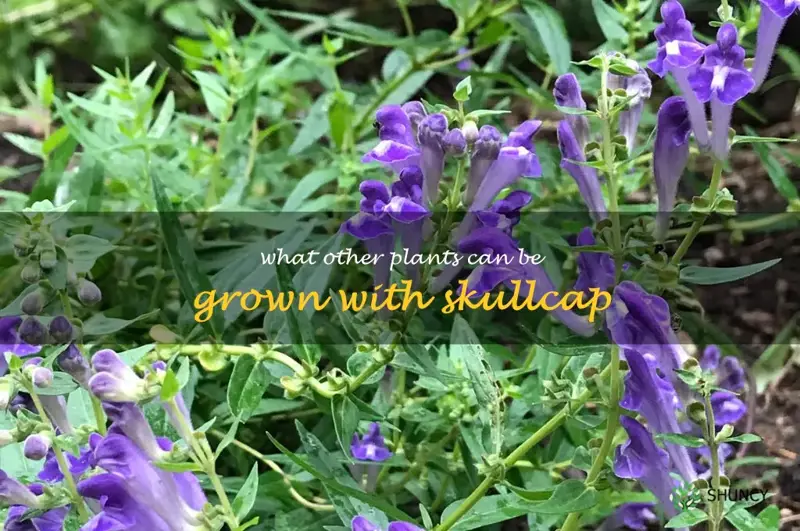
- Skullcap and roses. Skullcap can also be planted near roses to help deter pests, such as aphids and spider mites. The rose's thorns will also help to protect the skullcap from deer and rabbits.
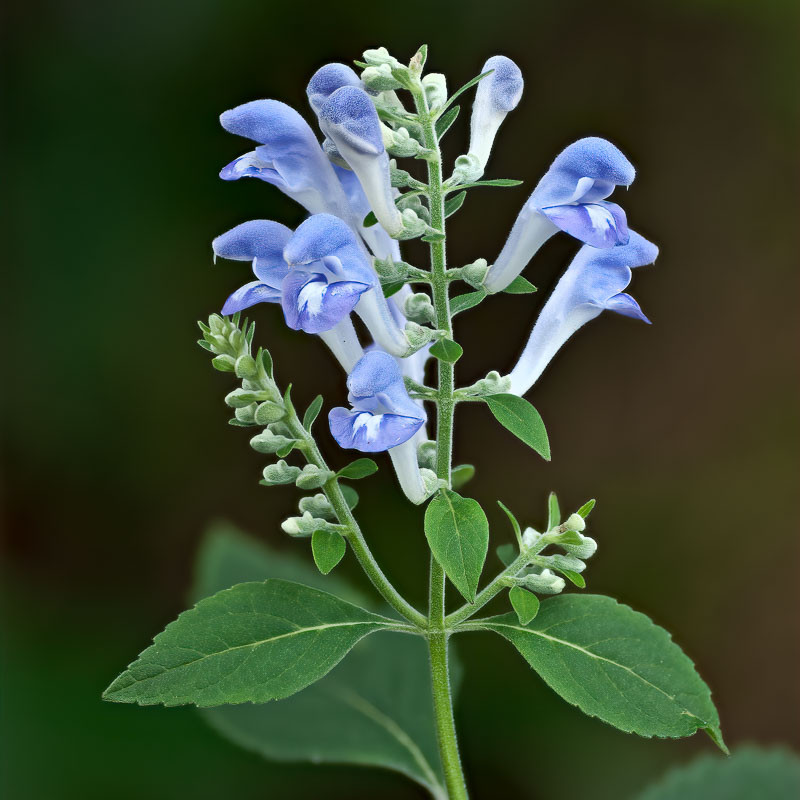
- Skullcap and tomatoes. Skullcap can be planted near tomatoes to help improve the flavor of the tomatoes. It also helps to deter pests, such as tomato hornworms.

- Skullcap and beans. Skullcap can be planted near beans to help improve the nitrogen content of the soil. Beans are nitrogen-fixing plants, which means they can convert atmospheric nitrogen into a form that other plants can use.
- Skullcap and carrots. Skullcap can be planted near carrots to help repel carrot flies. Carrot flies are a common pest of carrots, and skullcap's strong scent helps to mask the scent of carrots, making them less attractive to the flies.

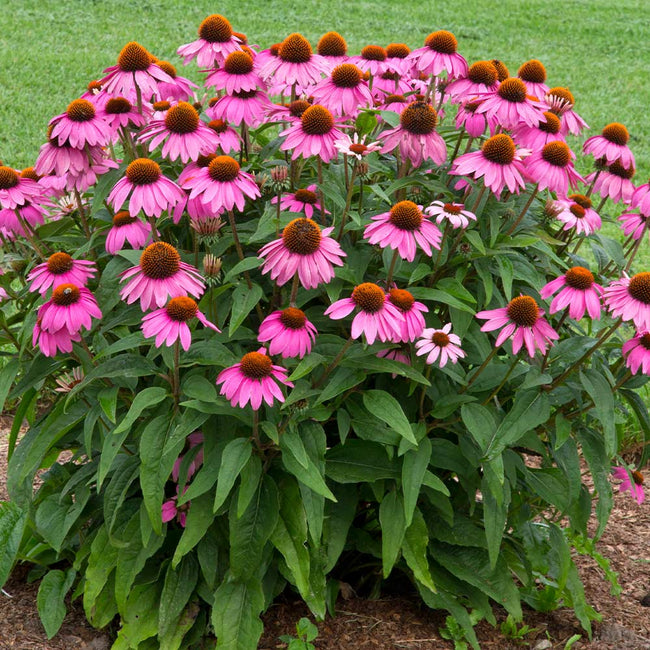


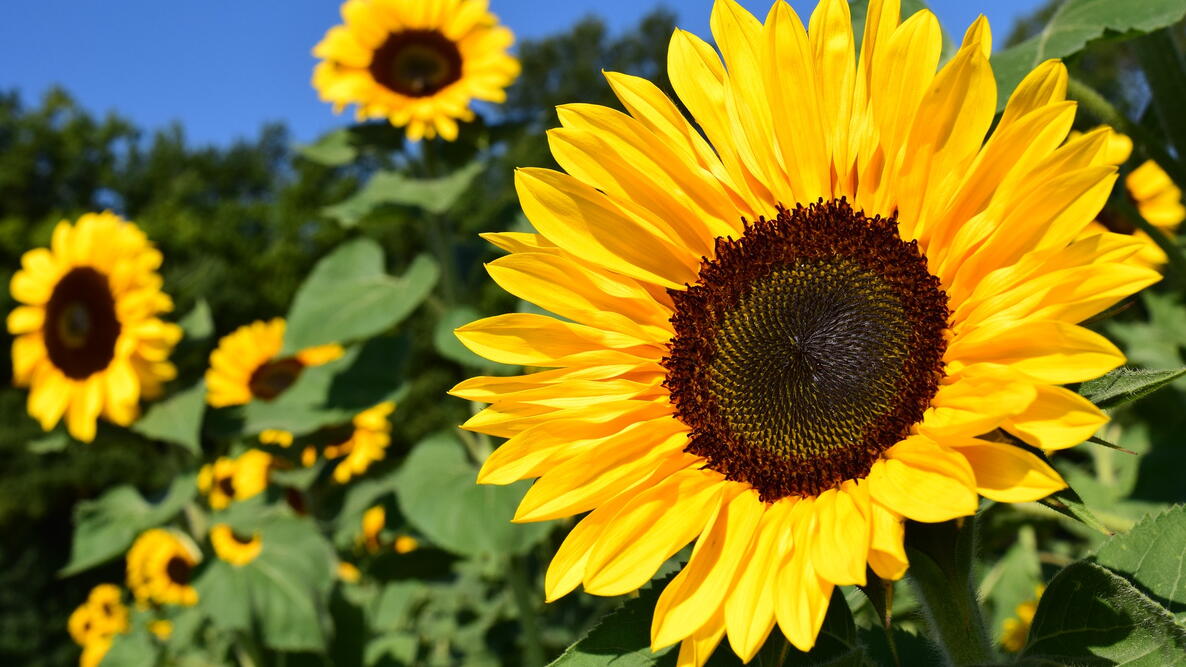

Post a Comment for " Best Companion Plants For Skullcap"